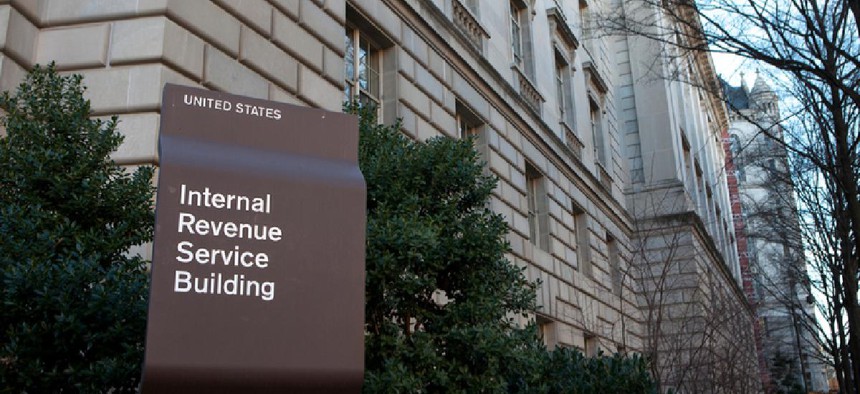A 60-year-old IRS IT system won't finish modernizing until 2030

The Internal Revenue Service's plan to modernize its key source for individual tax data has seen multiple cost and schedule changes since it started in 2009.

The IRS completed most of its planned IT modernization activities for the last two fiscal years on schedule and within cost, but one of its efforts, intended as a replacement for a 60-year-old system, is now on track to replace core functions only—and it may not be complete until 2030.
That's according to a Government Accountability Office report, which reviewed five IRS IT investments and found that they met most performance goals for FY 2019 and 2020.
The 60-year-old system slated for replacement is called the Individual Master File. It's the key source for individual tax data, and a modernized system would provide the infrastructure needed for real time digital taxpayer interactions, rapid access to data and agile response to legislative changes, according to the GAO report.
The program intended to modernize it, called Customer Account Data Engine 2, has seen many delays and cost changes since the IRS first started developing it in 2009, according to the GAO. A key milestone for replacing selected functions, for example, has been pushed back by nine years, from 2014 to 2023.
The CADE 2 program actually had lower reported costs than anticipated for 2020 and met most performance goals for the last two years, but GAO called its long term performance and outlook "troubling."
The modernized system isn't scheduled to be finished until 2030. Development costs are now about four times higher than originally planned, and CADE 2 is also now expected to replace only core components of the old program, as opposed to the entire system.
The current system is one of the oldest in the federal government, said the GAO, with software written in legacy computer languages including COBOL that are no longer part of core computer science curricula. The specialized workers needed to support legacy IRS systems are expensive and increasingly difficult to find.
One factor affecting the IRS' modernization efforts: the pandemic response.
IRS had to deploy IT equipment and upgrade IT infrastructure bandwidth to respond to the coronavirus pandemic and maximize telework capabilities. Among the issues that delayed infrastructure refreshing were hardware supply chain back orders and delays in procurement activities.
"IRS reported that staffing resources initially allocated for CADE 2 had been reassigned to support COVID-19 responsibilities, resulting in a 7-month delay in the scheduled completion of key development activities," the report states.
In comments included in the report, Jeffrey Tribiano, IRS deputy commissioner for operations support, highlighted IMF's importance in providing data "to support IRS customer service, compliance, custodial accounting and fraud detection."
"Despite its limitations, the system continues to perform and enable the IRS to implement legislative mandates," he said. "The IMF modernization plan, which has been independently assessed, positions the IRS to incrementally deliver benefits each year for the next 10 years. With the American Rescue Plan providing modernization funding, we are accelerating these efforts, but continued progress will depend on available funding."
NEXT STORY: Army Delays IVAS Display Headset by a Year






